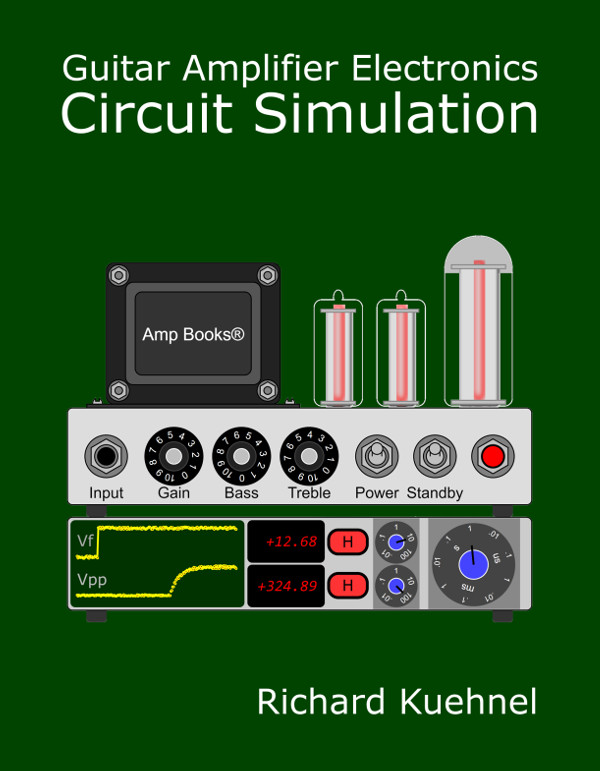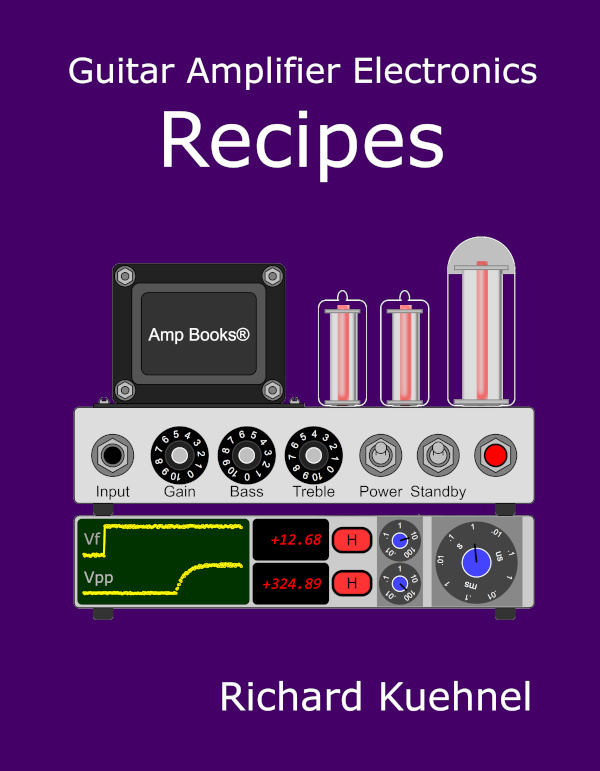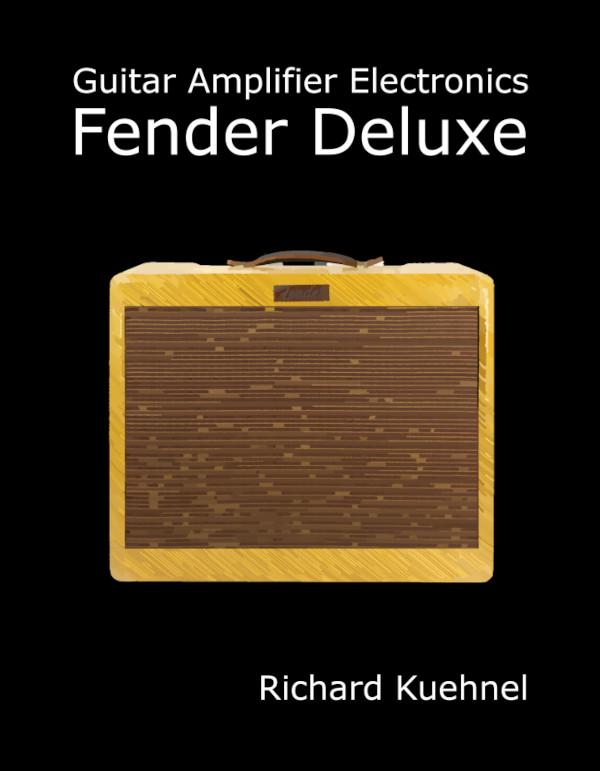Cathode Bypass Capacitor Calculator
What does this calculator do?
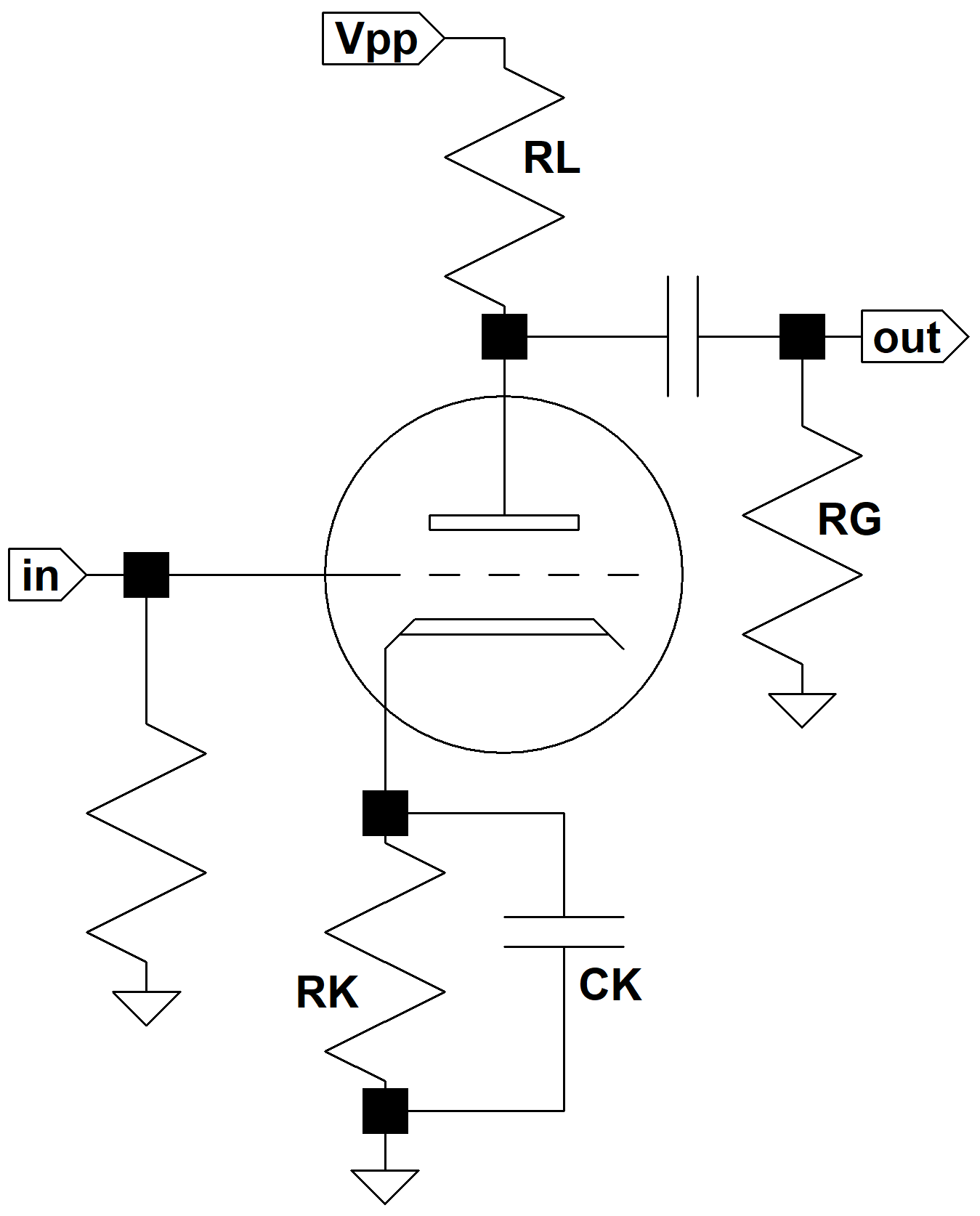
The cathode resistor in a typical triode preamp is bypassed with a large capacitor to eliminate a form of negative feedback known as cathode degeneration. This substantially increases gain.
When the capacitor is large enough, it acts as a short circuit for audio frequencies, eliminating the negative feedback, but is an open circuit for DC, thereby maintaining DC grid bias. Treble boost can be introduced by using a lower capacitor value, one that acts as a short circuit for high frequencies but allows negative feedback to attenuate bass. This technique is often used for the preamp's bright channel.
The calculator plots gain versus frequency based on the characteristics of the tube, resistor values, and the capacitor value. It does not account for coupling capacitor bass attenuation.
How Does It Work?
The calculator implements a formula provided by F. Langford-Smith, editor, Radiotron Designer's Handbook, 4th edition, (Harrison: RCA, 1953), page 484. The formula calculates the frequency response based on the triode's amplification factor and plate resistance. The following tube parameters are assumed:
| μ | rp | |
| 12AT7 | 60 | 10.9kΩ |
| 12AU7 | 17 | 7.7kΩ |
| 12AX7 | 100 | 62.5kΩ |
| 12AY7 | 44 | 25kΩ |
| 5751 | 70 | 58kΩ |
| 6386 | 17 | 4.25kΩ |
| 6922 | 33 | 2.64kΩ |
| 6SN7 | 20 | 7.7kΩ |

|
From system design concepts to individual stage operation, an all-new examination of Bassman electronics. |
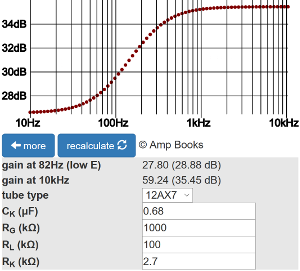 Launch me!
Launch me!

